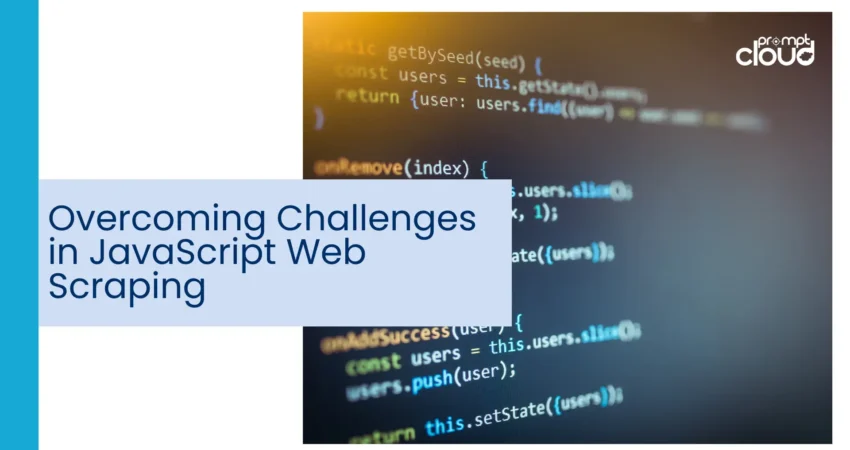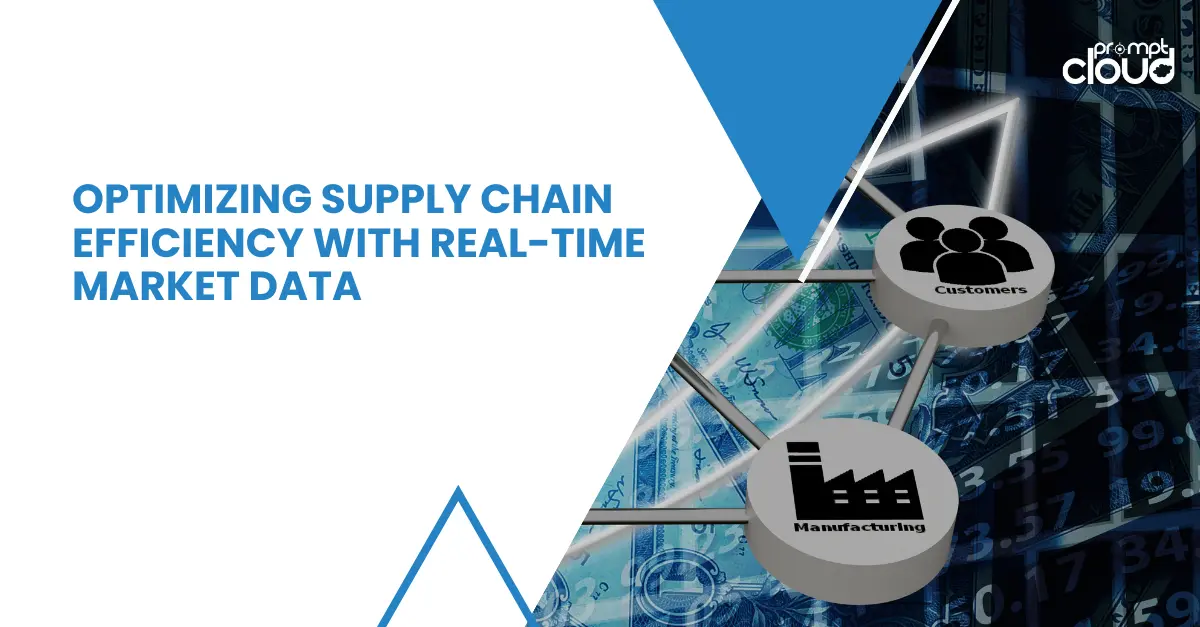
In today’s rapidly evolving digital ecosystem, data stands as the cornerstone of innovation, driving strategic decisions across industries from finance to retail, and powering insights that shape market trends and consumer behaviors. Yet, the journey to harness this invaluable asset from the vast expanse of the internet is fraught with complexities, particularly as we navigate the sophisticated landscapes of modern web technologies. Among these challenges, scraping websites that employ JavaScript extensively for dynamic content generation has emerged as a formidable obstacle for professionals in data extraction and analysis. The reliance of contemporary websites on JavaScript to create interactive and engaging user experiences has transformed the web into a dynamic canvas but, in doing so, has also introduced significant hurdles for those aiming to extract web data efficiently.
JavaScript, the scripting language that breathes life into web pages, enabling everything from real-time content updates to interactive maps and animated graphics, has become the linchpin of modern web design. However, its very nature, which allows for content to be loaded asynchronously and user experiences to be customized, poses unique challenges for web scraping endeavors. Traditional web scraping tools, designed to parse static HTML content, often fall short when confronted with the dynamism of JavaScript-rendered websites, where the data of interest only materializes in response to specific user interactions or after executing JavaScript code.
Understanding JavaScript-Rendered Websites
Adapting to Single Page Applications (SPAs)
Single Page Applications (SPAs), which dynamically update the webpage content without requiring a page reload, further complicate scraping efforts. SPAs heavily rely on JavaScript frameworks like Angular, React, or Vue.js to render content client-side, making traditional scraping approaches ineffective. Scrapers need to execute the same JavaScript code as a browser to access the content, requiring more sophisticated solutions like headless browsers.
Solutions for Scraping JavaScript-Rendered Content
Given these challenges, scraping JavaScript-rendered content necessitates advanced tools and strategies:
Headless Browsers
Headless browsers such as Puppeteer, Selenium, or Playwright simulate a real browsing environment, executing JavaScript and rendering web pages just like a standard browser but without the GUI. This allows for dynamic content loading and interaction with SPAs, making them an ideal solution for scraping JavaScript-rendered websites.
- Pros: Can interact with dynamic content, automate browsing actions, and handle SPAs.
- Cons: More resource-intensive than static content scrapers, potentially slower, and requires more sophisticated coding.
AJAX Requests Analysis
By inspecting the network traffic of a webpage, particularly through the developer tools in browsers, you can identify AJAX requests that fetch data. Directly accessing these API endpoints can sometimes allow you to retrieve the data without needing to render the entire webpage.
- Pros: Efficient and less resource-intensive, as it bypasses the need for rendering pages.
- Cons: Requires understanding of web development and network requests, and may not work if APIs are protected or use authentication.
JavaScript Execution Support
Some modern scraping tools and libraries have started to include support for JavaScript execution. For instance, frameworks like Scrapy can be integrated with Splash, a lightweight browser designed for web scraping that can process JavaScript on web pages.
- Pros: Allows for more flexibility and control over the scraping process, integrating JavaScript execution into a broader scraping framework.
- Cons: Setup can be complex and may still be insufficient for highly dynamic or interactive sites.
Cloud-based Scraping Services
Cloud-based web scraping services offer built-in solutions for handling JavaScript-rendered content, providing APIs that return the data without the need for managing headless browsers or dealing with AJAX requests directly.
- Pros: Simplifies the scraping process, offering scalability and ease of use without deep technical knowledge.
- Cons: Cost, potential limitations on requests or rate limiting, and reliance on a third-party service.
Strategies for Effective JavaScript Web Scraping
Headless Browsers
Headless browsers are a powerful tool for JavaScript web scraping. They simulate a real web browser but operate without a graphical user interface, allowing automated scripts to control them. Tools like Puppeteer (for Node.js) and Selenium can render JavaScript-heavy pages, interact with page elements, and execute JavaScript code, making them ideal for scraping dynamic content.
Pros: Can execute JavaScript like a real browser, allowing for the extraction of dynamically loaded data.
Cons: More resource-intensive than simple HTTP requests, which can lead to slower performance and higher computational costs.
AJAX Requests Analysis
Many dynamic websites load data via AJAX (Asynchronous JavaScript and XML) requests. By analyzing the network traffic of a webpage using tools like the Chrome Developer Tools Network tab, you can identify the API endpoints from which the site retrieves data. Directly scraping these endpoints often allows for more efficient data extraction.
Pros: Fetching data directly from the API can be more efficient and faster.
Cons: Requires understanding of network requests and might involve dealing with authentication or API rate limits.
Using Web Scraping Frameworks and Libraries
Several modern web scraping frameworks and libraries are designed to handle JavaScript-rendered content. Scrapy with Splash or Selenium WebDriver integration, for instance, offers a powerful combination for rendering JavaScript pages and extracting data.
Pros: Combines the robustness of web scraping frameworks with the ability to render JavaScript.
Cons: May have a steeper learning curve and require more setup than simpler tools.
Ethical Considerations and Rate Limiting
When scraping JavaScript-heavy sites, it’s crucial to respect the website’s terms of service and robots.txt files. Additionally, implementing rate limiting in your scraping scripts can help avoid overloading the server or getting your IP address banned.
Conclusion
Scraping JavaScript-heavy websites requires a more sophisticated approach than traditional web scraping methods. By leveraging headless browsers, analyzing AJAX requests, and utilizing advanced scraping frameworks, businesses can effectively overcome the challenges posed by dynamic web content. As web technologies continue to evolve, the tools and techniques for web scraping will also advance, offering new opportunities for data extraction. At PromptCloud, we’re committed to staying at the forefront of these advancements, providing our clients with cutting-edge solutions for all their data extraction needs. For more information, get in touch at sales@promptcloud.com




















